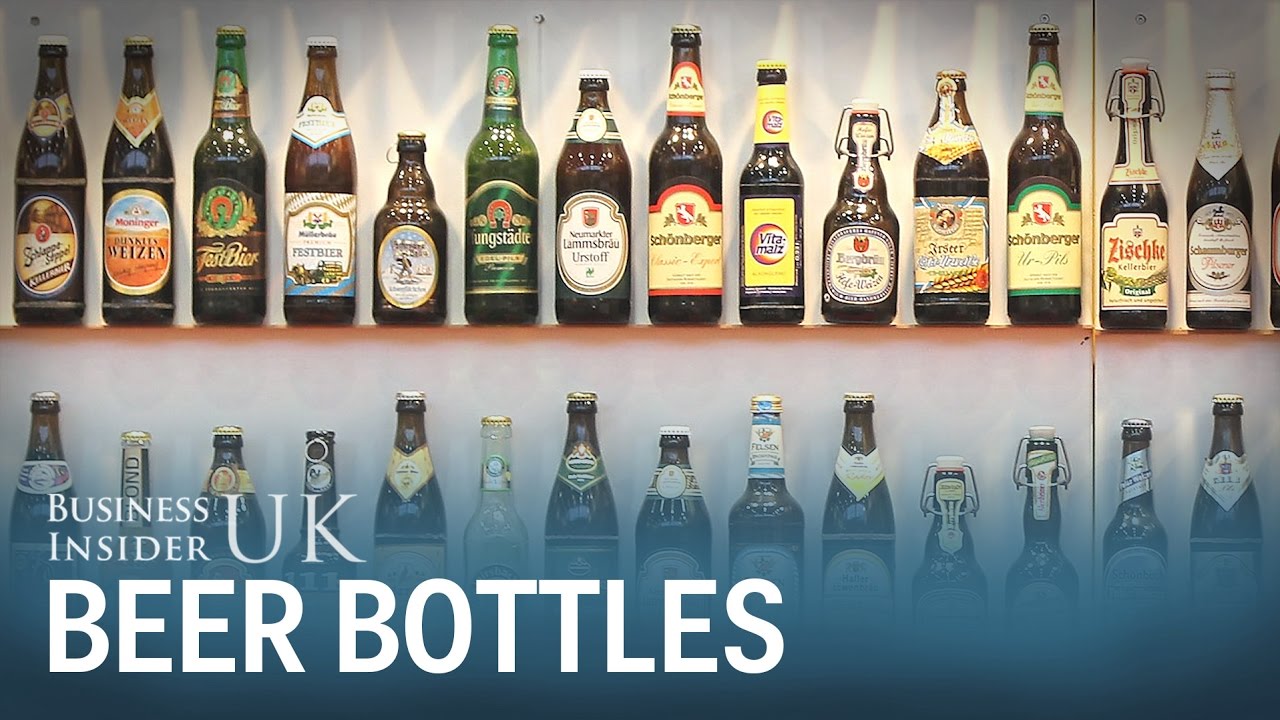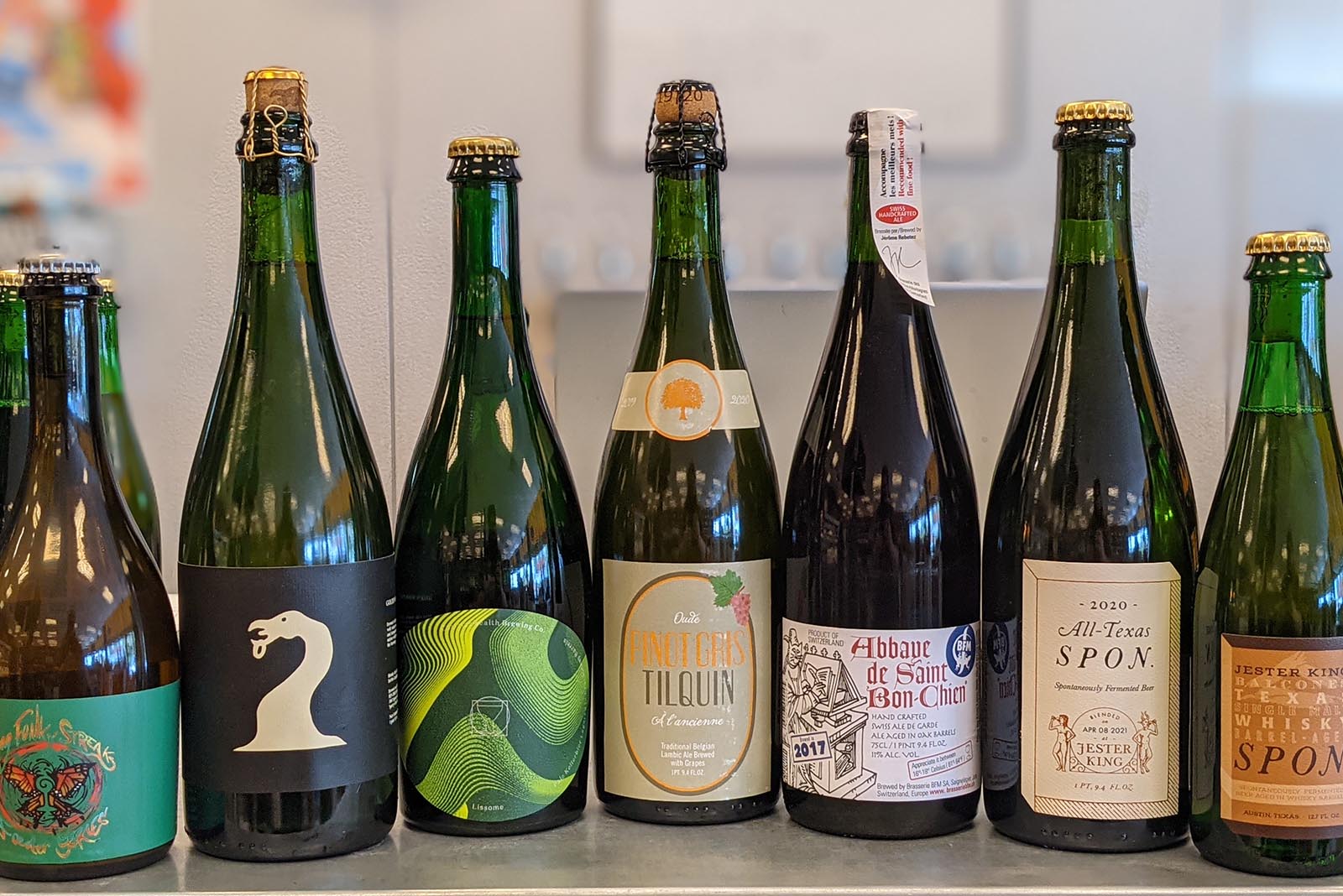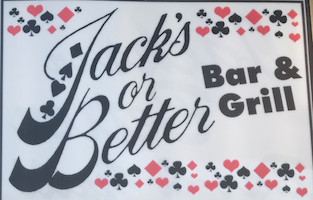The History Of Beers In Green Bottles

Beers in green bottles have a long-standing tradition dating back to the early days of beer production. In the late 19th century, European breweries began using green glass to package their higher quality beers, distinguishing them from lower quality ones. This color choice became associated with prestige and class, making it easier for consumers to identify premium brews. Until the 1930s, most beers were packaged in green glass bottles. Today, these iconic green bottles continue to be used by various beer brands worldwide, blending tradition with modern brewing techniques.
The Tradition Of Green Bottles In Beer Packaging
The use of green bottles in beer packaging has a long-standing tradition dating back to the late 19th century. European breweries began using green glass to package their higher quality beers, distinguishing them from lower quality ones. This color choice became associated with prestige and class, making it easier for consumers to identify premium brews. Until the 1930s, most beers were packaged in green glass bottles. Today, these iconic green bottles continue to be used by various beer brands worldwide, blending tradition with modern brewing techniques.
Perceptions And Myths Surrounding Green Bottled Beers
Green bottled beers have garnered various perceptions and myths over the years. One common perception is that they are more prone to skunking, resulting in an unpleasant taste. This is due to the green glass allowing more UV light to penetrate the beer, causing a chemical reaction that produces a skunky odor and flavor. However, it’s important to note that not all green bottled beers suffer from this issue. Advances in packaging techniques and the use of brown or amber glass can help mitigate skunking, ensuring a better drinking experience for beer lovers.
Advantages And Disadvantages Of Green Bottles

Green bottles have both advantages and disadvantages in beer packaging. One advantage is that they provide a distinctive and visually appealing look for the beer, making it stand out on store shelves. Additionally, green glass can offer some protection against light exposure compared to clear glass bottles. However, the disadvantage of using green bottles is that they are more prone to skunking due to their higher susceptibility to UV light. This can result in an unpleasant taste and aroma. It’s important for breweries to consider these factors when choosing their packaging materials.
Advantages Of Using Green Bottles For Beer
Green bottles offer several advantages for beer packaging. Firstly, they provide a distinct and visually appealing look that helps the beer stand out on store shelves. The green color creates an association with premium and high-quality beers. Additionally, green glass offers some protection against light exposure compared to clear glass bottles, helping to maintain the beer’s flavor and quality. However, it is important to note that green bottles are still more susceptible to UV light than brown bottles, which can lead to skunking if not properly stored or protected.
Disadvantages And Challenges Associated With Green Bottled Beers
While green bottles offer aesthetic appeal, they also come with some drawbacks. One major disadvantage is their susceptibility to UV light exposure. This can lead to a phenomenon known as “skunking,” where the beer develops an unpleasant taste and odor. Green bottles provide less protection against UV light compared to brown bottles, which can affect the beer’s flavor and quality. Additionally, green glass is more expensive to produce than clear or brown glass, making it a costlier option for breweries. Proper storage and handling are crucial to minimize these challenges when using green bottled beers.
Famous Beers Packaged In Green Bottles

Some notable beer brands have chosen to package their products in green bottles, adding to the allure and tradition of this packaging choice. One famous example is Heineken, a Dutch lager known for its distinctive green bottle. Another well-known brand is Beck’s, a German beer that has been using green bottles since the 19th century. Other popular beers packaged in green bottles include Grolsch, Stella Artois, and Peroni. These iconic brands have become synonymous with the image of a refreshing beer enjoyed from a classic green bottle.
Notable Beer Brands That Use Green Bottles
Some of the notable beer brands that choose to package their products in green bottles include Heineken, Beck’s, Grolsch, Stella Artois, and Peroni. These iconic brands have embraced the tradition of green bottle packaging for its visual appeal and ability to protect the beer from UV light. Each brand offers a distinct flavor profile and has a long-standing heritage associated with its use of green bottles. The choice to package their beers in green bottles adds to the allure and recognition of these renowned beer brands.
Unique Characteristics Of Beers In Green Bottles
Beers packaged in green bottles have unique characteristics that set them apart from those in other colored bottles. The green glass helps to filter out some of the UV light, providing a slight level of protection against beer spoilage. Additionally, the green color gives these beers a distinct and recognizable appearance on store shelves. This visual appeal adds to their branding and can make them more appealing to consumers looking for a premium or traditional beer experience.
The Science Behind Green Bottles

Green bottles used for beer packaging have a scientific rationale behind them. The green glass helps filter out some UV light, providing a slight level of protection against beer spoilage. This is important because exposure to light can cause chemical reactions in the beer, resulting in off-flavors and skunking. While brown bottles are more effective at blocking out UV rays, green bottles still offer some degree of protection. However, it’s worth noting that clear and green bottles are less effective than brown ones in preserving the quality and freshness of the beer.
Impact Of Green Bottles On Beer Flavor And Shelf-life
Green bottles have a significant impact on the flavor and shelf-life of beer. The green glass helps filter out some UV light, providing a level of protection against beer spoilage. Exposure to light can cause chemical reactions in the beer, resulting in off-flavors and skunking. While brown bottles are more effective at blocking out UV rays, green bottles still offer some degree of protection. However, it’s worth noting that clear and green bottles are less effective than brown ones in preserving the quality and freshness of the beer.
Environmental Considerations Of Using Green Bottles For Beer Packaging
Using green bottles for beer packaging raises important environmental considerations. Green glass is more difficult to recycle compared to clear or brown glass, as it requires more energy and resources to convert it into new bottles. Additionally, the production of green glass generates higher carbon emissions compared to other colored glass options. This contributes to the overall carbon footprint of the beer industry. As sustainability becomes increasingly important, breweries are exploring alternative packaging materials and designs that minimize their impact on the environment.
Cultural Significance Of Beers In Green Bottles

Beers packaged in green bottles hold a cultural significance that goes beyond their practical purpose. The vibrant green color has become synonymous with certain beer styles and origins, evoking a sense of tradition and authenticity. In many countries, green bottled beers are associated with European brewing traditions and craftsmanship. They are often perceived as premium or high-quality beverages, appealing to beer enthusiasts seeking a taste of heritage. Additionally, the use of green bottles adds visual appeal to the drinking experience, creating a unique and recognizable aesthetic on bar shelves and in consumers’ hands.
Symbolism And Cultural Associations Of Green Bottled Beers
Green bottled beers hold deep symbolism and cultural associations. The vibrant green color is often associated with European brewing traditions and craftsmanship, evoking a sense of heritage and authenticity. In many countries, green bottles are seen as a mark of premium quality, appealing to beer enthusiasts seeking traditional flavors. The visual appeal of green bottles also contributes to their cultural significance, creating an iconic presence on bar shelves and in consumers’ hands. Overall, green bottled beers embody tradition and evoke a sense of nostalgia for beer lovers around the world.
Influence On Consumer Preferences And Market Trends
The use of green bottles in beer packaging has had a significant influence on consumer preferences and market trends. The vibrant green color is often associated with premium quality and traditional brewing methods, appealing to beer enthusiasts seeking an authentic experience. Green bottled beers have become iconic symbols of craftsmanship and heritage, capturing the attention of consumers and standing out on store shelves. This cultural significance has also influenced market trends, with more breweries opting for green bottles to enhance their brand image and attract discerning customers.
Conclusion

In conclusion, beers in green bottles have a rich history and hold significant cultural significance. The tradition of using green bottles for beer packaging dates back to the post-WWII era when brown glass was scarce. Green bottles became associated with higher-quality brews, capturing consumers’ attention and influencing market trends. While there are advantages to using green bottles, such as perceived quality and aesthetic appeal, there are also challenges associated with their use. Despite this, the legacy of green bottled beers continues to thrive, attracting beer enthusiasts seeking an authentic experience.
Exploring The Legacy And Future Of Beers In Green Bottles
The legacy and future of beers in green bottles have been shaped by their rich history and cultural significance. These iconic bottles have become synonymous with quality and tradition, capturing the attention of beer enthusiasts worldwide. While advancements in UV protection have enhanced the longevity of green bottle beers, there is also a growing emphasis on sustainability within the brewing industry. As consumers demand more eco-friendly packaging options, breweries are finding ways to balance tradition with environmental responsibility. The future of green bottle beers lies in striking this delicate balance while continuing to offer an authentic and enjoyable drinking experience.
Recommendations For Trying And Appreciating Green Bottled Beers
When it comes to trying and appreciating green bottled beers, there are a few recommendations to keep in mind. First, make sure to store the beer properly, away from direct sunlight and at the right temperature. This will help preserve the flavors and prevent any potential skunking. Next, take your time to savor each sip and pay attention to the unique characteristics that green bottle beers offer. Finally, don’t be afraid to experiment with different brands and styles to find your personal favorites. Cheers!
FAQ About Beers In Green Bottles: Tradition Bottled Up
Q: What is the significance of beers in green bottles?
A: Beers in green bottles are traditionally associated with certain beer styles as the green glass provides better protection against light exposure, which can affect the taste and quality of the beer.
Q: Are beers in green bottles better than beers in other colored bottles?
A: The choice of bottle color does not necessarily determine the quality of the beer. It is more about the style and tradition of the beer rather than the bottle color itself.
Q: Which beer styles are typically found in green bottles?
A: Beer styles such as Pilsners and some European lagers are often packaged in green bottles due to their historical origins and the traditional preference for using green glass.
Q: Does the color of the bottle affect the taste of the beer?
A: While the color of the bottle can help protect the beer from light damage, it does not directly impact the taste of the beer itself. Factors such as ingredients, brewing techniques, and storage conditions play a more significant role in determining the beer’s flavor.
Q: Why is the tradition of using green bottles important in the beer industry?
A: The tradition of using green bottles for certain beer styles adds to the heritage and authenticity of the brewing process. It also serves as a visual cue for consumers to recognize and appreciate the unique characteristics of these particular beers.
Q: Can beers in green bottles go bad quicker than beers in other colored bottles?
A: Beers in green bottles may be more susceptible to light damage, which can lead to flavor changes over time. It is recommended to store green-bottled beers in a cool, dark place to preserve their quality and taste.

Family-owned and proudly serving the Black River Falls area since 1973. Our convenience store, bar, and restaurant within the same building are unique to the area. We accommodate our smokers with a separate facility. We are conveniently located within two miles of the interstate at the corners of Highway 12 and 27. We are your one-stop destination for a restaurant/bar and convenience store.